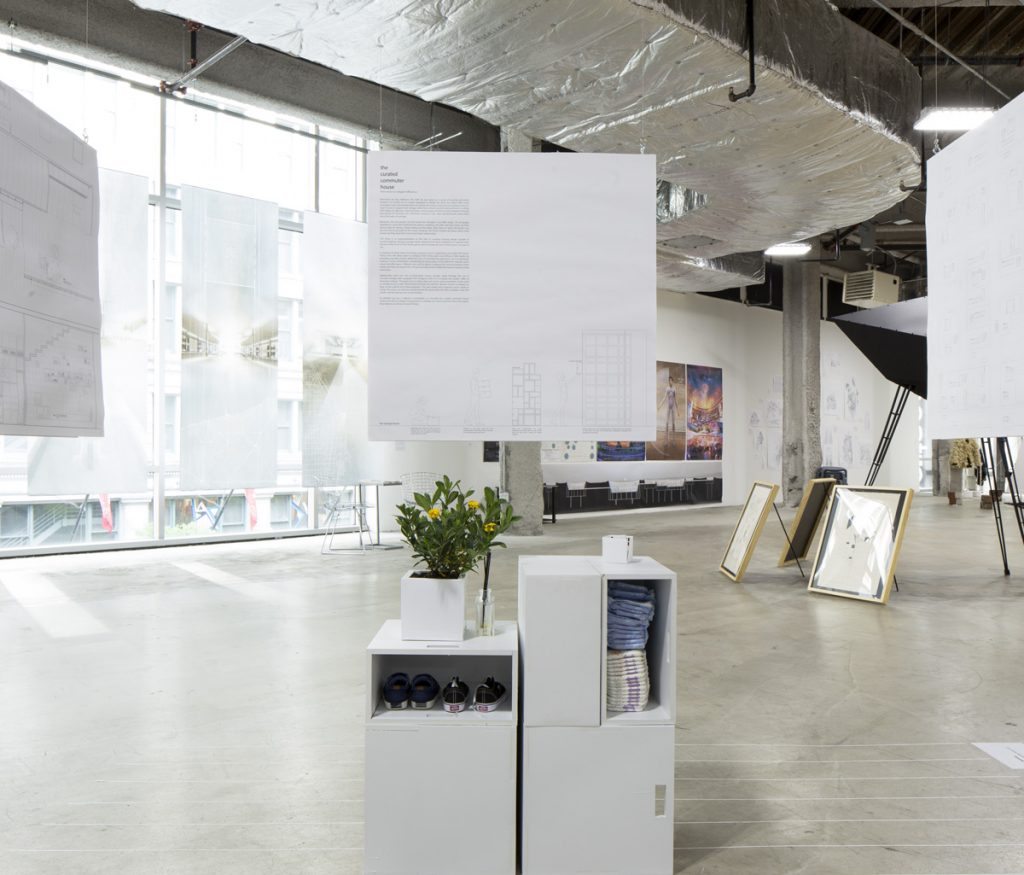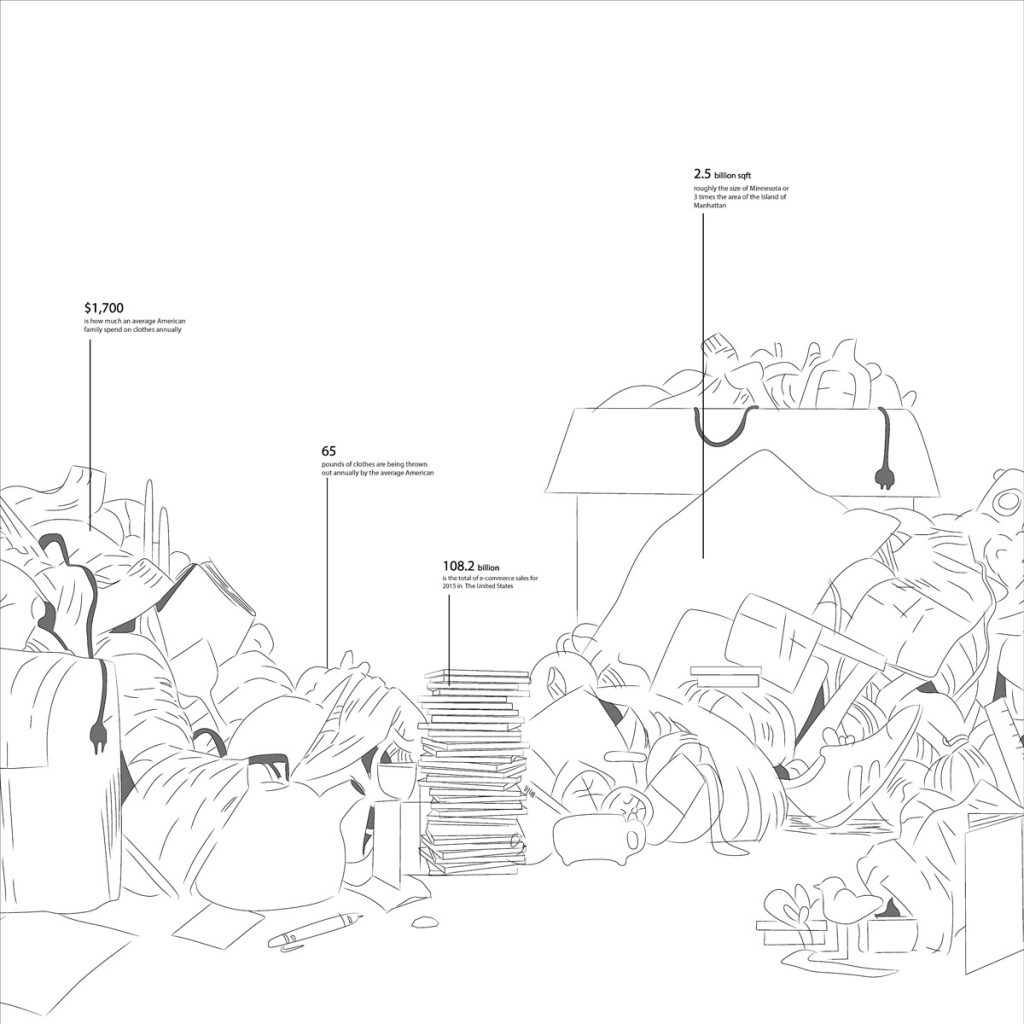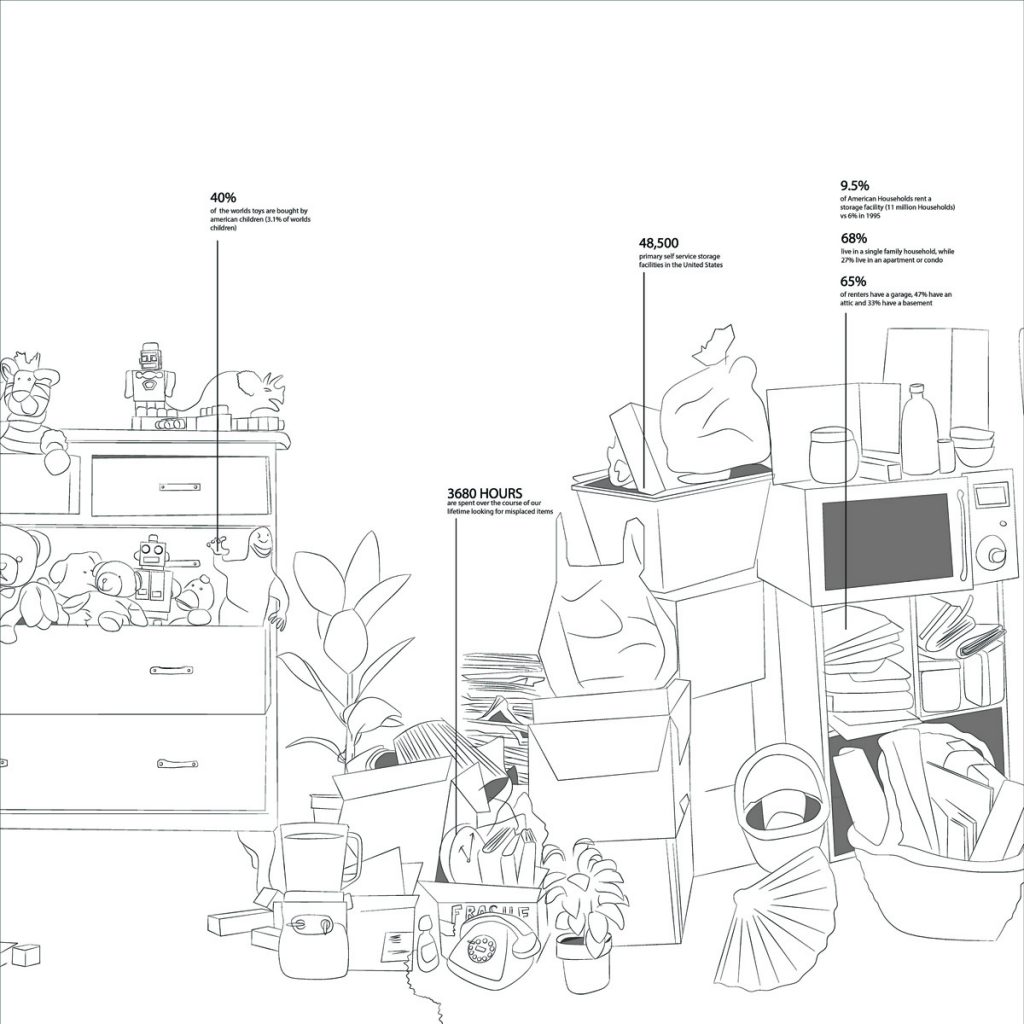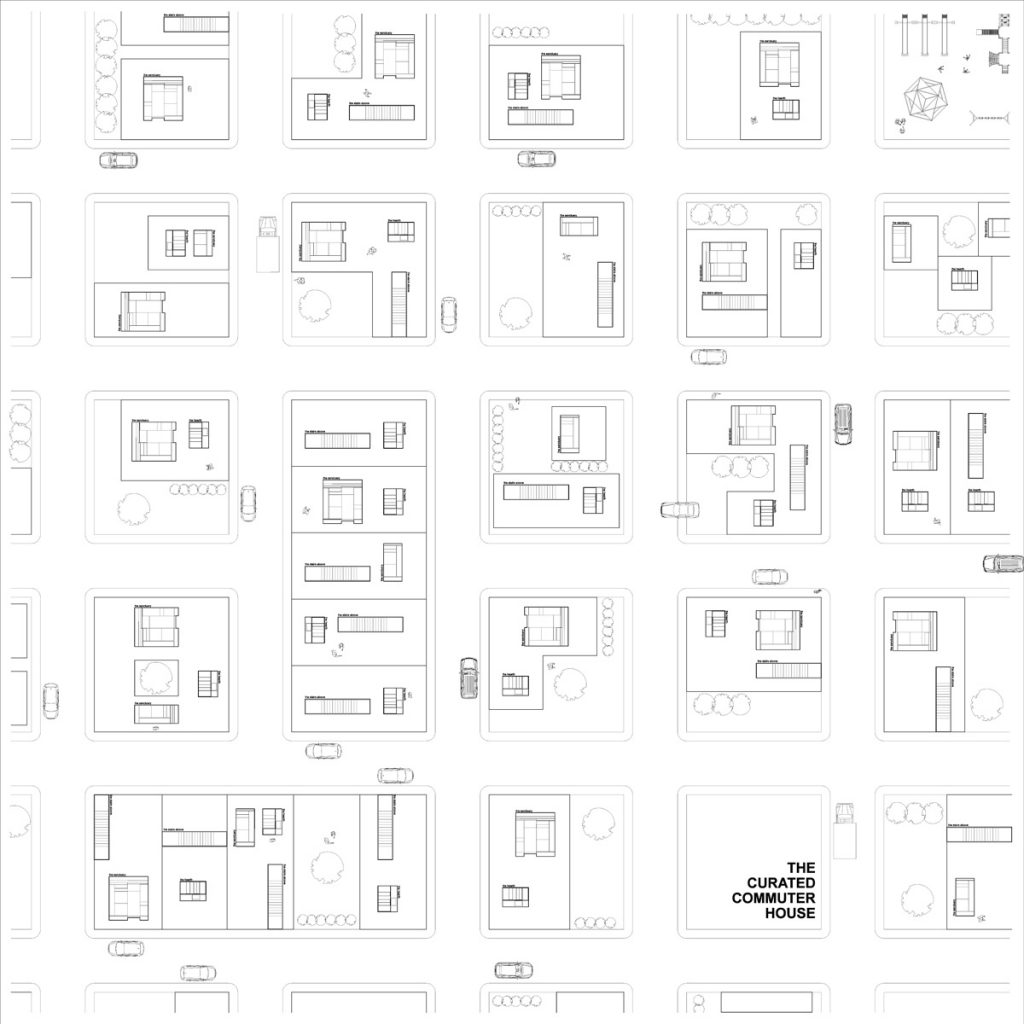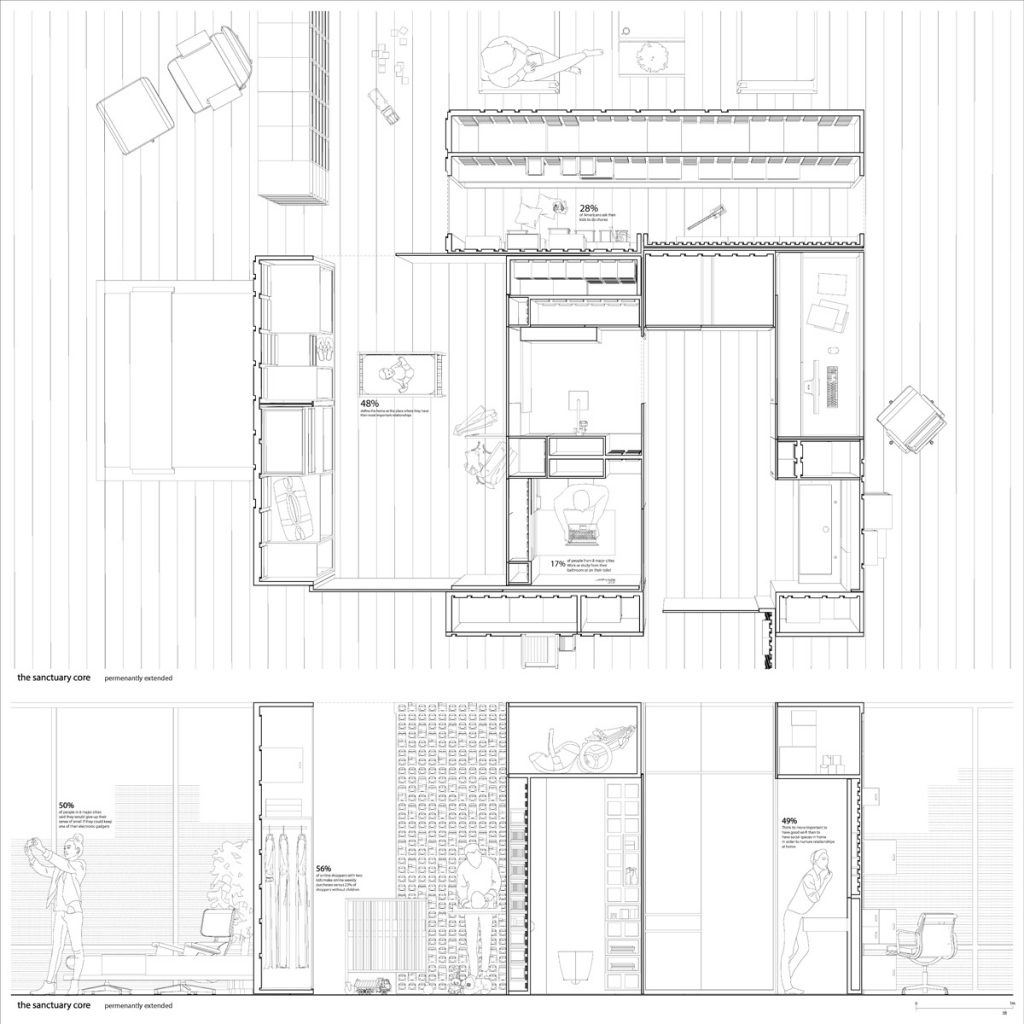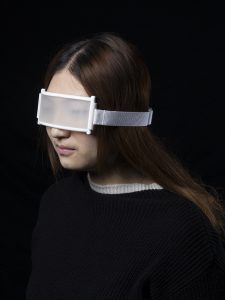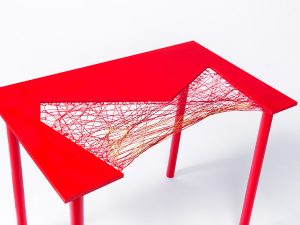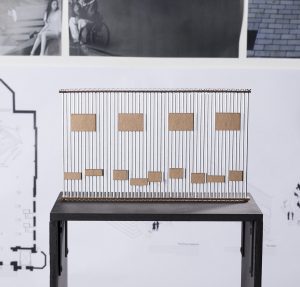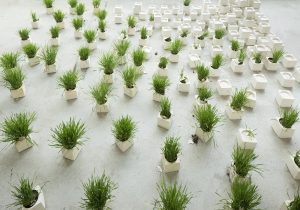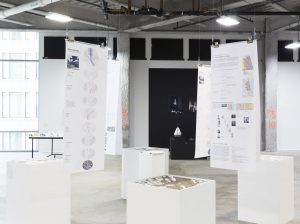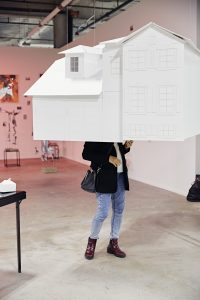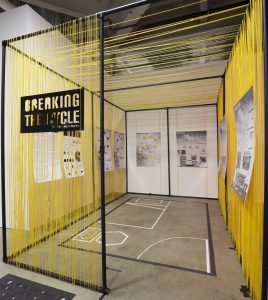This thesis is about a rethinking of the curation of our belongings.Americans are big collectors, and houses are no longer equipped to handle the increasing amounts of items they own and with rising renovation costs and minimal return on investment values, Americans are opting to move to larger houses to expand their storage, rather than enhancing their existing homes or cutting their habits of collecting. (Americans move every 5 years on average).
– Americans spend an average of 1.2 trillion dollars annually on non-essential goods.
– The average household in the US has an average of 300,000 items, from nail cutters to iron boards, and 25 % of people who own two car garages cannot park inside them.
– The US has app. 48,500 primary self-storage facilities, taking up 2.5 billion square feet, or roughly the area of the state of Minnesota or three times the area of the Island of Manhattan.
– 1.1 million American Households rent a self-storage facility, with 68% of the households being a single family home, 65% own a two car garage, 47% have an attic and 33% have a basement.
Also, the way people use the home has changed with the introduction of technology. In an IKEA study, 17% of people admitted to using their bathroom for work or studying, and 36% said they never use their dining table for eating, instead eating on their beds, sofas, floors or desks. Yet, the home remains the place where most people say they have their most meaningful relationships.
This thesis is an experimentation on the idea of curating housing design capable of accommodating changing storage needs, allowing the future inhabitants to organize their houses to their lives as their family grows, and to include all users of the house in an ease of use. This thesis celebrates the art and design and science of curation of collections for contemporary lifestyles.



